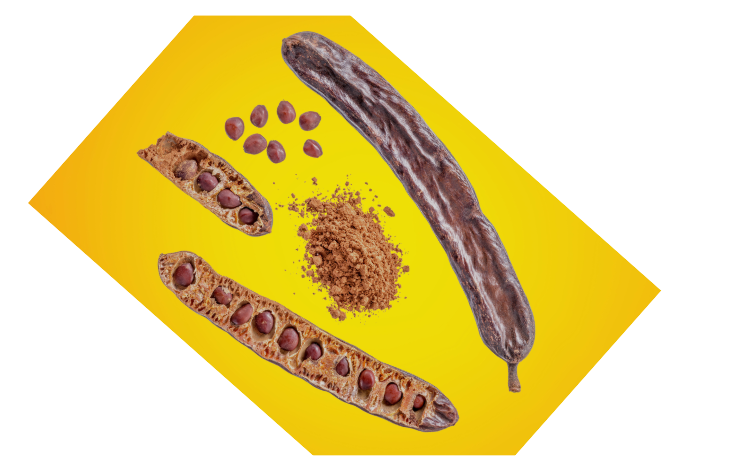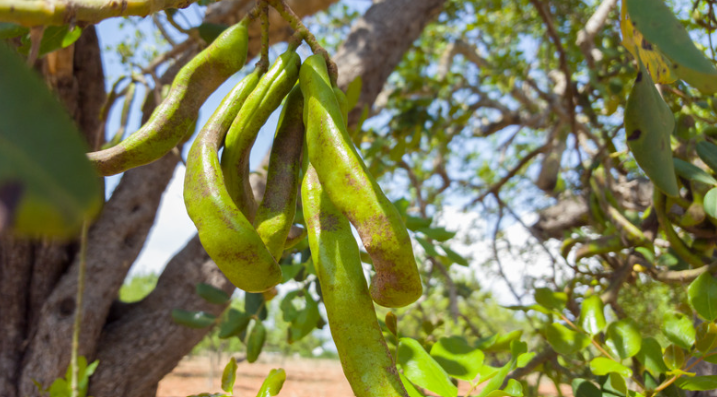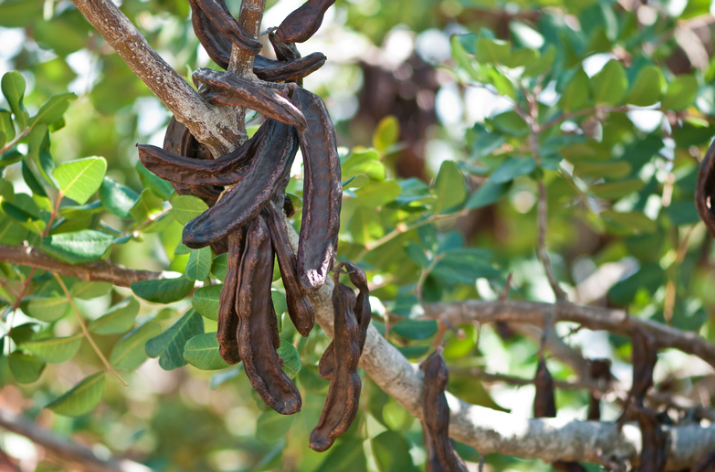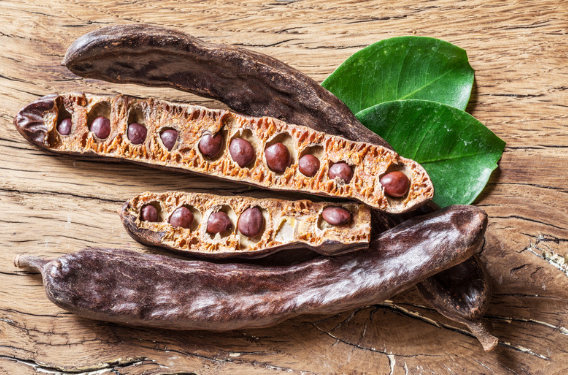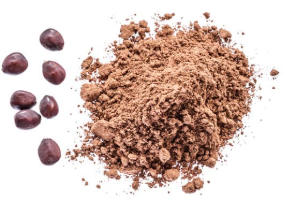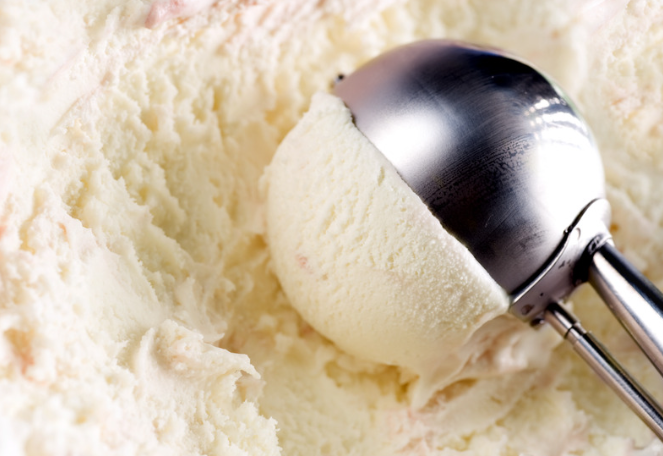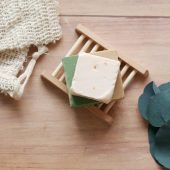The Locust Bean, which develops inside seedpods of the Carob tree, is a legume originating from the Mediterranean region. Once referred to as “keration” by ancient Greeks, locust beans were used to counterbalance the weights of precious metals & gemstones, which is how we wound up with the term “carat,” today. Though not quite as valuable as sapphires or emeralds, locust beans have tremendous value across multiple industries, namely the food, personal-care, & cosmetic industries. Products that include this ingredient are quite desirable in the US, where overall demand is greatest in this niche but emerging market.
Carob pods are harvested in late summer to early fall and processed to separate out the seeds. After cleaning & heating, the bitter skin is removed. Following further processing, the seeds are split, allowing access to the endosperm—the part of a seed which typically provides nutrition in the form of starch, oils, and/or protein. The endosperm of locust beans are unique and exceptional, and in fact it is this part alone that is used to make locust bean gum, including the organic variety carried by Jedwards!
Once dried & finely milled, it is ready to meet its full potential as a specialized-yet versatile-ingredient.
Locust bean gum is a hydrocolloid, which means it can absorb and retain water. This makes locust bean gum useful in cake batter and skin lotion alike. Additionally, locust bean gum is a gelling agent, providing thickening and stabilizing properties to formulations.


A wonderful feature of locust bean gum is its ability to manipulate viscosity, unlocked through means of physical handling. When stirred gently, the result is a thicker more adhesive substance. When mixed vigorously, a thinner product will result. This makes locust bean gum ideal for beverage formulations where a slightly viscous mouthfeel is desirable. Beyond creating a satisfying texture, its ability to greatly impact viscosity promotes locust bean gum as a key ingredient in anti-regurgitation formulas. Furthermore, it may be used to create a thick soup, or even a deliciously chewy candy.



We can’t talk about locust bean gum without bringing up ice-cream! You can thank locust bean gum for its role in keeping this custard base uniform and viscous during mixing — an essential detail if unpleasant ice crystals are to be avoided. The only crunch in a sundae should be from the toppings after all.
Another wonderful quality of locust bean gum is its ability to easily blend with or complement other gums, such as xanthan or guar for instance. When combined with guar gum, an increasingly stable yet elastic formula results. This property makes it desirable in hair gels, where structure is key, but so is bounce & flexibility. When formulated with Xanthan, gelling & smoothness of a formula is enhanced which helps create products such as creams and ointments that spread easily. This combination is utilized in gluten-free breads and baked goods to prevent excessive density in the absence of gluten.
While locust bean gum might not be the brightest star ingredient in a formula, its inclusion can absolutely determine whether a consumer fancies a product. Though it is said to have a chocolatey aroma, its importance is truly in its role as a texture modulator. It prevents non-uniformity and is a potential determinant of whether a product “hits the spot” or conversely seems somehow “off.” Expectations and end-product results with respect to food products and cosmetics are driving growth and desire for what is made possible when locust bean gum is on the ingredient list!

